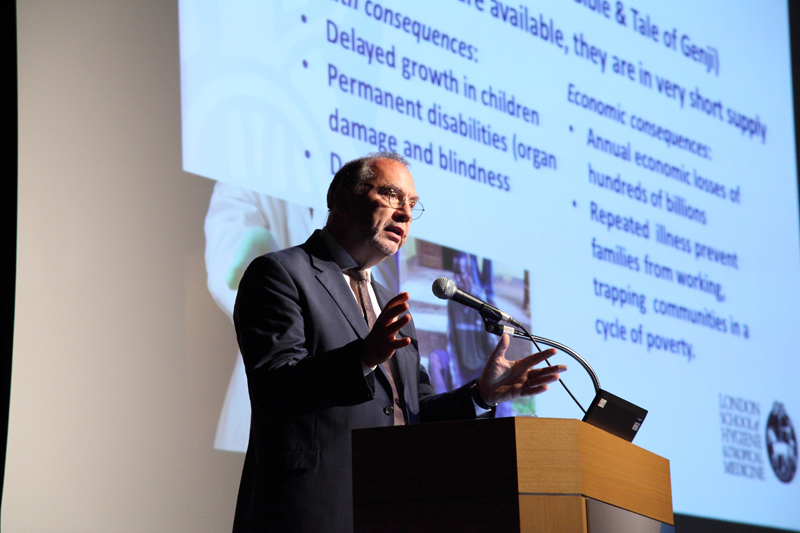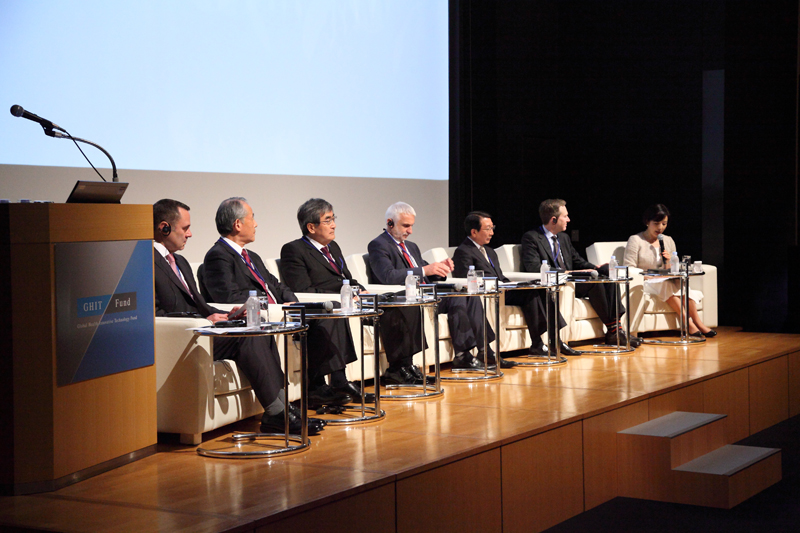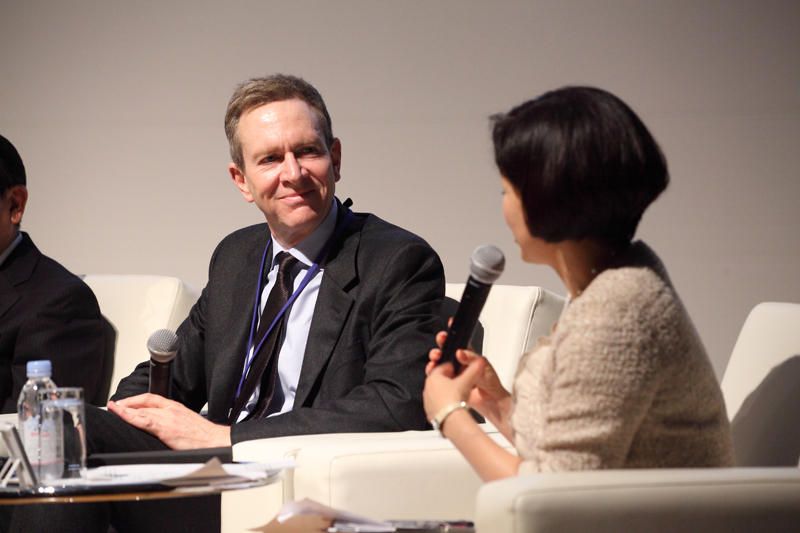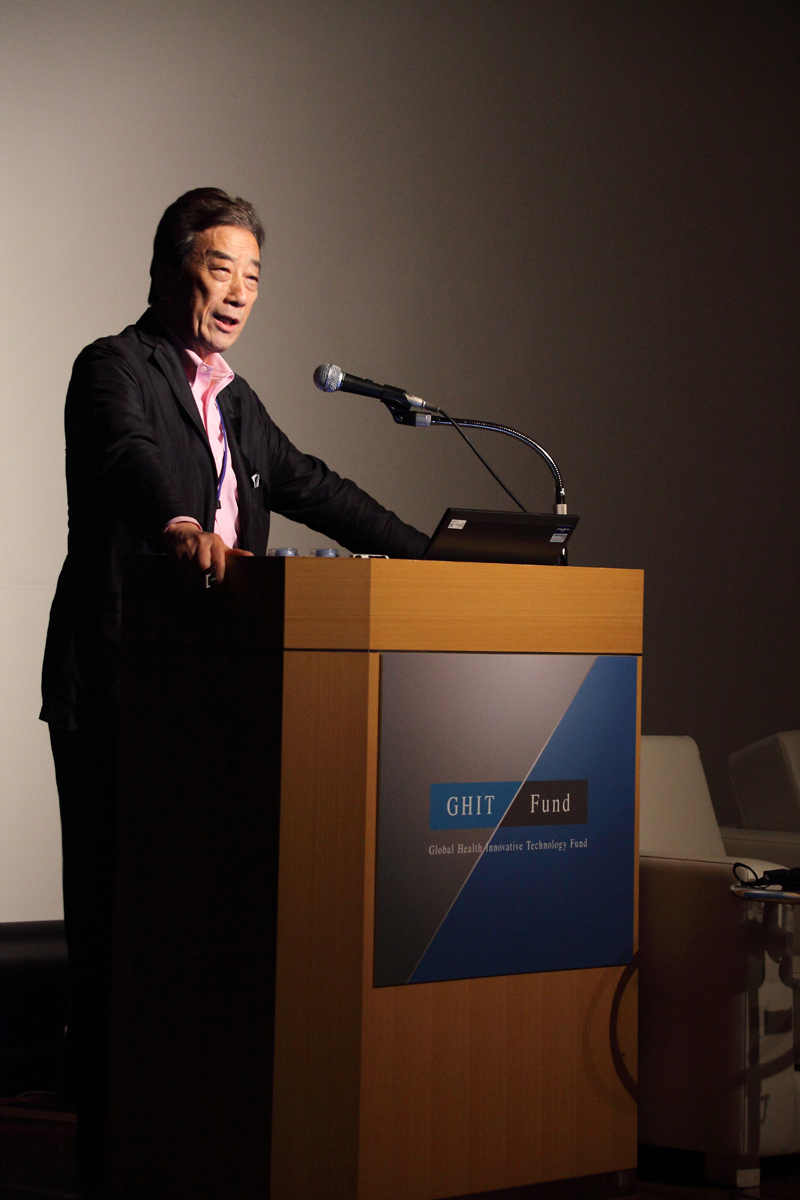The GHIT is an acronym for the Global Health Innovation Technology Fund, the first of its kind where the public and the private sector join hands in order to tackle global health issues. It was started a year ago, on June 1st.
So, what’s so special about it? I believe it is the fact that this initiative provides a structure where it is possible to supplement the strengths of Japan by dealing with its weaknesses. The strengths I am referring to here are the core technologies and chemical compounds that Japanese pharmaceutical companies have to offer the world, but which are still ‘seeds’ requiring nurturing.
On the other hand, the internal obstacles which mire efforts to make these strengths viable and competitive on the world stage are the so-called weaknesses. These include the limiting of hiring to only people straight out of college, an organisational structure that arranges itself on the basis of seniority rather than ability. The failure to encourage a corporate culture that embraces opposing views and constructive criticism is another reason why Japanese firms are lagging behind on a global scale. Put simply, there is a problem with a certain mindset that the Japanese organisation has.
Another thing that makes GHIT unique is its funding structure. Five large pharmaceutical companies make an initial investment over a span of 5 years, the Gates Foundation matches this amount, and the Japanese government, through the Ministry of Foreign Affairs and the Ministry of Health, Labor and Welfare matches the total investment of these two, meaning that taxes paid by Japanese citizens also comes into play.
Although I had not been involved in the setting up of this unique schema I was asked to be the representative director and chair in the final stages. The reason why I was asked to do so, as any one who regularly visits my site may surmise, is the fact that the GHIT is international in nature. The board of trustees and the auditing body is composed half of Japanese and half of non-Japanese members, with representatives appointed by the Gates Foundation also included within the council members.
This setup, as keen readers may also have noticed, is slightly different from the more conventional Japanese approach of public-private-academic partnership, in the sense that the Gates Foundation is involved, lending the whole undertaking more open to the world.
The team put together under GHIT has worked hard and the efforts have paid off; there has been tremendous progress in its first year, I believe. The activities of the GHIT have been reported overseas in papers like The Economist, The Lancet, and the Financial Times.
The meeting of the Board of Trustees was held in Tokyo, June 6th, one year after its inception.. The review from the council members was also very positive.
After the evening reception, I went to Haneda. I was on my way to San Francisco.



